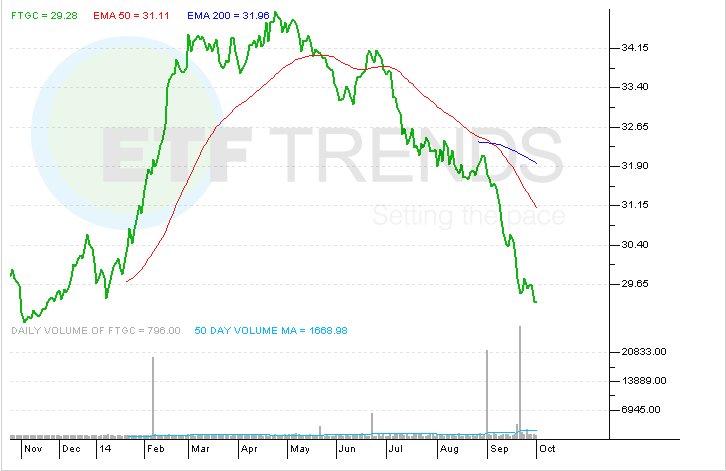Now Joining the ETF Fray Mutual Funds
Post on: 7 Апрель, 2015 No Comment

JonnelleMarte
Also See:
Resources
Fund giants from EV, -1.17% to Blackrock iShares have received regulators’ approval to roll out what the industry calls more actively managed ETFs. JNS, +1.53% AllianceBernstein Holding and Dreyfus have sought permission. Last month, Pacific Investment Management Co. or Pimco, a unit of Allianz SE, said it would launch an ETF version of its $240 billion Total Return fund.
They are seeking to join the still-small group of actively-managed ETFs: funds that trade all day on an exchange like stocks, but with underlying investments that are chosen, and traded, by a pro. Companies tout their market-beating potential—and charge more for the promise of added returns.
Fans say the new breed of ETFS will give investors a chance to juice returns at a still relatively low price. It provides much broader and in many cases easier access to a firm like Pimco, says head of the ETF product-management team at the Southern California bond shop, which already runs one of the largest actively managed bond ETFs, the $920 million MINT, +0.04% and plans to launch another one.
ETFs are popular in part because of their low costs. Critics say the new offerings will lead to higher—not lower—fees for investors. Among the handful of active ETFs already on the market, fees run from about 0.35% to 1.85% of assets a year. At the high end, that is almost double the average actively managed large-cap stock mutual fund, and considerably higher than index ETFs, which range from 0.1% to 1%.
Such differences don’t matter much for short-term traders. For long-term investors, a cheaper fund could generate thousands of dollars more in profit.

Critics say active funds haven’t proved they can make good on their promise. The whole idea of active management is you’re going to beat the market, says founder of Portfolio Solutions and author of The Power of Passive Investing. That’s why you pay higher fees, but the studies confirm [active ETFs] haven’t been beating the market.
They also point to the mutual-fund universe, where two of three large-cap stock funds trail the Standard & Poor’s 500-stock index, S&P says.
It is the newest from of the longstanding debate between index acolytes and active managers, and it will continue as more actively-managed ETFs hit the market.There more than 1,200 ETFs trading in the U.S.; only a few are actively-managed. But this is where the industry is headed, says publisher of ETFTrends.com: There are going to be more active ETFs. It’s time and it’s a little bit overdue.
When actively managed ETFs do hit the market, critics suggest interested investors wait. With small ETFs, there is a greater chance that the market price of the fund will drift from the actual value of the underlying holdings. That raises the risk that investors will pay too much when they buy, or receive too little when they sell. I wouldn’t fault anyone for waiting until a fund gets larger, says director of ETF research for fund researcher Morningstar.














